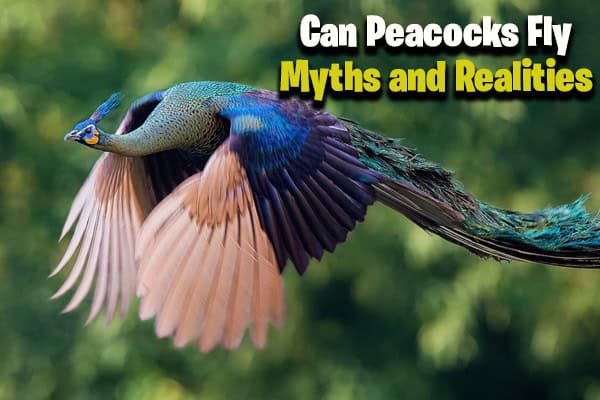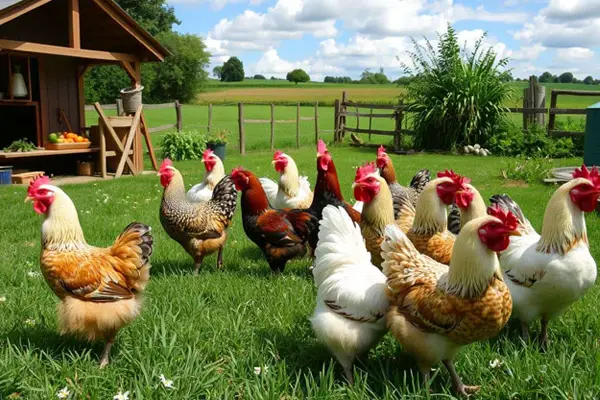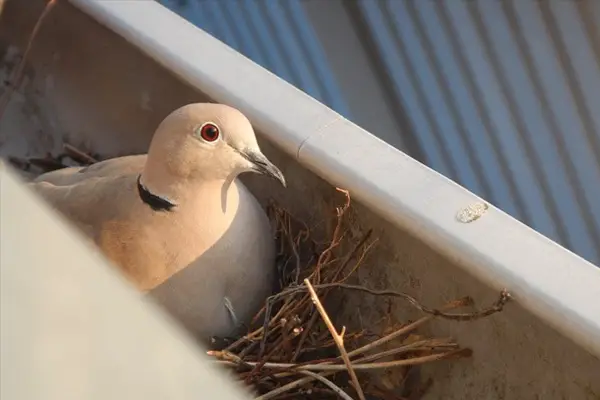What Do Owls Eat? A Comprehensive Guide
Are you curious to know What Do Owls Eat? Owls, mysterious and fascinating creatures of the night, have intrigued people for centuries. One of the most captivating aspects of these birds is their diet, which showcases their adaptability as hunters. Whether it’s a barn owl in the quiet countryside or a snowy owl in the Arctic, each owl species has a diverse diet that ensures survival. In this guide, we’ll explore everything from their primary food sources to how their hunting strategies have evolved to suit their environment.
1. Introduction to Owl Diets
Owls are carnivorous birds of prey, meaning their diets consist mainly of meat. These nocturnal hunters rely on their incredible stealth and powerful sensory abilities to catch a wide range of prey. Most owls feed on small mammals, but their diets can include anything from insects to other birds, amphibians, and even fish.
While their diet varies between species and locations, one thing remains consistent—owls are highly adaptable predators who adjust their eating habits based on what is available in their environment.
Types of Owls and Their Diets
The diet of an owl largely depends on its species. With over 200 species of owls, distinct differences exist in their preferred prey.
- Barn Owls: Known for their heart-shaped faces, they primarily hunt rodents like mice and voles, which comprise a significant part of their diet.
- Great Horned Owls: These owls are powerful hunters. They eat a wide range of prey, including rabbits, skunks, and birds. They are known for their ability to take down prey much larger than themselves.
- Snowy Owls: Native to the Arctic, snowy owls often hunt lemmings and other small mammals. During migrations, they adapt by eating fish and birds in more temperate regions.
Natural Hunting Skills of Owls
Owls have evolved remarkable hunting skills. Their silent flight, sharp talons, and excellent night vision make them highly effective predators. With the ability to rotate their heads nearly 270 degrees, owls can precisely scan their environment. Their eyes are specially adapted for low-light conditions, allowing them to see even the smallest movements at night.
Additionally, their hearing is incredibly acute, with some species able to locate prey under several inches of snow. This combination of skills enables owls to capture prey that might be invisible or undetectable to other predators.
Rodents as Primary Prey
Rodents are the cornerstone of many owl diets, particularly for species like barn owls and tawny owls. Small mammals such as mice, rats, and voles are abundant and provide a reliable food source. Owls play a critical role in controlling the population of these rodents, especially in agricultural areas where they are considered pests.
Small Birds in Owl Diets
While mammals are the preferred prey of many owls, small birds are also on the menu. This is especially true for species like the great horned and long-eared owl. Owls may hunt smaller birds during migration seasons or when rodent populations are low. Hunting birds differs from mammals, as it requires more agility and quickness in flight.
Insects and Invertebrates
Insects, particularly large ones like beetles, worms, and moths, are a crucial part of the diet for smaller owl species. Screech owls, for example, are known to eat a variety of invertebrates. Insects are most commonly consumed by owls in warmer climates or during the summer when other prey might be scarce.
Amphibians and Reptiles
Some owls, particularly those living in tropical or wetland areas, consume amphibians like frogs and toads. Reptiles such as snakes and lizards are also occasionally hunted, especially by larger owl species like the great horned owl. These prey items are typically more common in the diet during the warmer months.
Fish-Eating Owls
A few owl species, like the Blakiston’s fish owl, specialize in catching fish. These owls live near rivers, lakes, or coastal regions where fish are plentiful. They use their strong talons and an acute sight to capture fish directly from the water.
Occasional Prey: Bats and Rabbits
Some owls will hunt less typical prey like bats, which are caught in flight, or rabbits, which require more strength and strategic ambushes. While not a staple in the diet, these animals offer a rich source of nutrients.
Do Owls Scavenge?
Unlike some birds of prey, owls typically do not scavenge. They prefer live prey, but in rare cases, when food is scarce, they may eat carrion. However, this behavior is uncommon as most owls rely on their own hunting skills to capture food.
Seasonal and Geographic Diet Variations
An owl’s diet can change based on the time of year and their geographic location. In colder months, when prey is less abundant, owls may eat more birds or scavenged food. Similarly, owls in desert environments might consume more reptiles, while those in coastal areas might hunt fish.
Owls in Urban and Rural Settings
Owls living in urban areas may have slightly different diets than their rural counterparts. In cities, they might hunt pigeons, rats, and other urban wildlife, while rural owls have more access to natural habitats and a wider variety of prey.
How Often Do Owls Eat?
Owls don’t need to eat daily, but they require regular feeding to sustain their energy levels. Larger owl species might eat once every few days, depending on the size of the prey, while smaller owls need to eat more frequently due to their higher metabolic rates.
The Impact of Owls on Ecosystems
Owls are essential to maintaining balance in ecosystems. Controlling populations of rodents and other small animals helps prevent overpopulation, which can lead to crop damage or the spread of disease. Their predation plays a vital role in maintaining healthy ecosystems.
Human Influence on Owl Diets
Human activities, such as deforestation, urbanization, and pesticide use, can significantly impact owl populations by reducing their food sources. Additionally, roadways and cities are dangerous to owls, as cars often hit them while hunting.
Owl Pellets: A Peek into Their Diet
Owls regurgitate indigestible parts of their prey, such as bones and fur, as pellets. These pellets provide valuable insight into their diets, allowing scientists to analyze their eating.
Baby Owls: What Do Owlets Eat?
Owlets are fed by their parents, who bring them small prey like mice, insects, and small birds. As they grow, the size of the prey increases, and by the time they’re ready to leave the nest, they are eating a diet similar to that of adult owls.
FAQs on Owls and Their Diets
Q1: What is the most common prey for owls?
A: Rodents, including mice and voles, are the most common prey for many owl species.
Q2: Do all owls eat the same type of food?
A: No, the diet varies significantly between species and depends on prey availability in their environment.
Q3: Can owls eat snakes?
A: Large owls, like the great horned owl, are known to eat snakes.
Q4: How do owls find their prey in the dark?
A: Owls use their excellent night vision and acute hearing to locate prey, even in complete darkness.
Q5: Are owls considered pests?
A: No, owls are often seen as beneficial because they help control rodent populations.
Q6: Do owls drink water?
A: Owls get most of their water from the prey they eat but will drink from water sources when available.
Read More Owl 🦉 Related Articles~
- 8 Types of Owls in Ohio
- Owls In Oregon
- Owls in New Jersey
- Owls in Minnesota
- 12 Types of Owls in Africa
- Top 8 types of Owls in Massachusetts
Frequently Asked Questions About What Do Owls Eat at night?
What do snowy owls eat?
Snowy owls primarily eat lemmings, but they also hunt other small mammals and birds.
What do barn owls eat?
Barn owls mainly eat small rodents like mice, voles, and shrews.
What do owls eat?
Owls eat a variety of prey, including small mammals, birds, insects, and sometimes fish.
What do great horned owls eat?
Great horned owls eat mammals such as rabbits, skunks, rodents, and birds and reptiles.
What do burrowing owls eat?
Burrowing owls eat insects, small mammals, birds, and reptiles.
Conclusion
Owls are remarkable predators with a wide range of dietary preferences. Their adaptability ensures they thrive in various environments, from small mammals like rodents to amphibians, reptiles, and fish. Their role in maintaining the balance of ecosystems highlights the importance of preserving their habitats to ensure these majestic birds continue to soar through the night.







